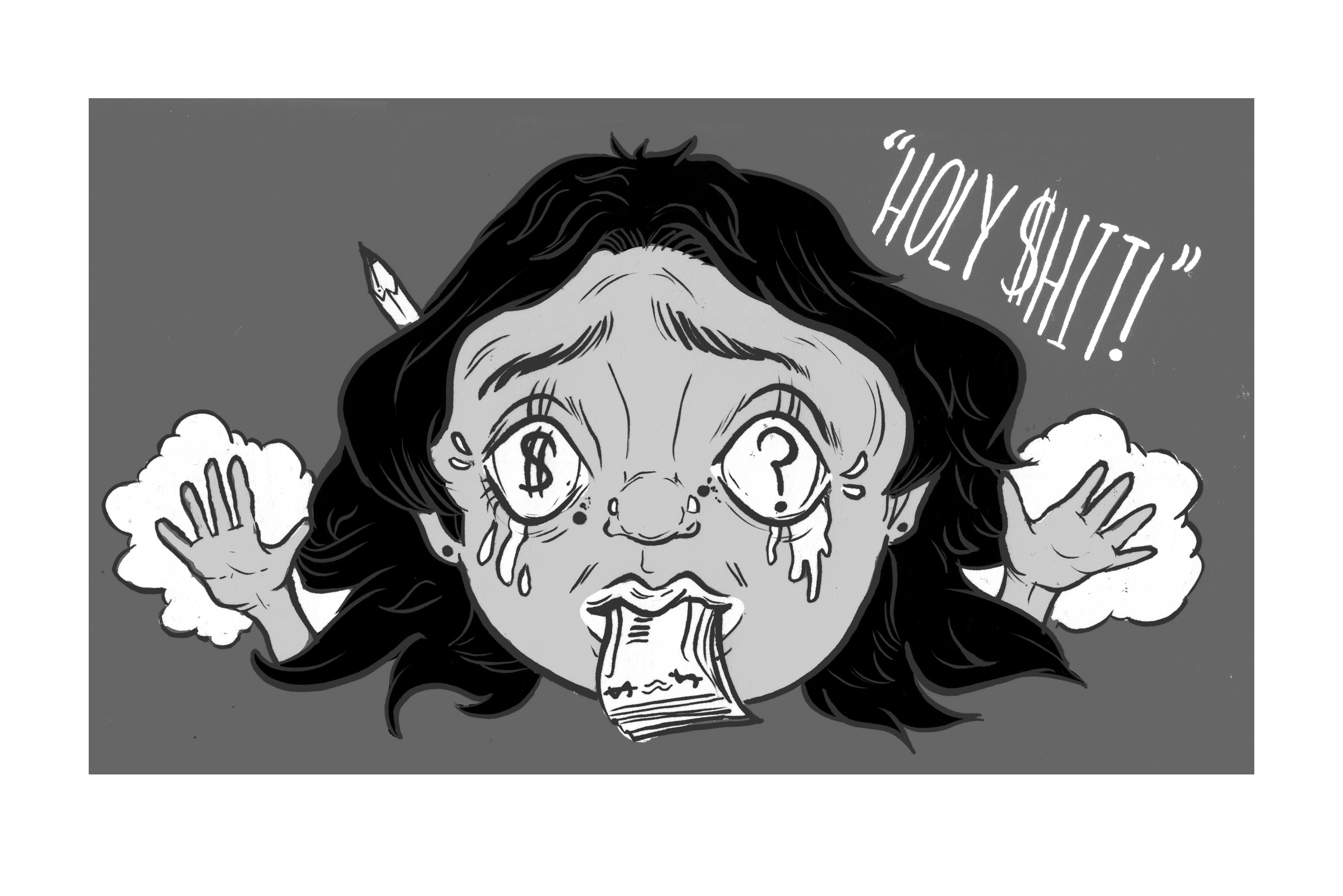Stop. Go. Stop…sit for a while. Go. Stop. Stop and…stop. This is the current routine of the Portland driver. Like a plague, construction work has seeped into every drivable route though our fair city, making every turned corner a path to yet another eyesore, and another traffic jam.
No pain, no gain
Stop. Go. Stop…sit for a while. Go. Stop. Stop and…stop. This is the current routine of the Portland driver. Like a plague, construction work has seeped into every drivable route though our fair city, making every turned corner a path to yet another eyesore, and another traffic jam.
Our campus alone has had to deal with frequent jack hammering and waiting, and no matter how chipper or upbeat that one flagger seems, it just doesn’t seem to quell the frustration caused by the constant construction. This is only surpassed by the aggravation of finding a parking space. What is all this torment for?
We endure all this for a new MAX line that will run from Union Station to Portland State. It will eventually attach to a rail system that will connect all the way to Clackamas Town Center. This has stirred some debate as to why we need more MAX lines in Portland. Some ask why must we suffer through seemingly endless roadwork for it? Though with the future approaching, mass transit is proving to be a salvation that may be worth a little discomfort now, for a much greater value later.
By 2030, we will have one million more people/commuters inhabiting Portland. Knowing this, it would be irresponsible not to plan for this increase in population. Mass transit–TriMet’s MAX lines and buses in Portland’s case–is organized and keeps many cars off the already crowded roadways. As it is, 40 percent of PSU students and staff ride the MAX to get to campus. With a new line, Portland commuting will be even more strategic in the PSU area, taking further cars off the road and relieving congestion.
Another great reason to invest in mass transit is that it is cleaner than the average driver’s commute. Our rail lines are entirely electric, with no emissions. Per passenger, Portland’s mass transit is 10 times more fuel-efficient than any one car can provide. In the end, this dramatically decreases the harmful emissions from automobiles that are a danger to both the environment and our health.
We need not look far to see the negative results of poorly devised public transportation. Seattle has struggled for decades with horrifying traffic. Seattle and Portland are alike in layout: both have I-5 running through the city with an I-405 bypass and an interstate freeway running east and west. Though still, in Seattle, the roads simply cannot carry the massive load of automobile commuters. Rush hour in Seattle lasts much longer than a single hour. Seattle has for years debated the possibilities of developing mass transit beyond their bus system but has done nothing, and they have paid for it. The Seattle commuter spends a significant chunk of their day slowly inching towards their destination.
There are many examples of places where mass transit rail lines have proven successful. Take Munich, Germany. With what they call the “S-Bahn,” their population is able to travel within their city and surrounding suburbs. Their system dwarfs ours with 10 S-Bahn lines and 147 stations carrying 750,000 passengers daily. With this available to the daily commuter, one has no dependence on a car to get them wherever they need to go.
Still, when inching along Sixth Avenue, it is hard to subdue the mounting aggravation. We may be comforted by the old adage “no pain, no gain.” This discomfort is for a greater good. We must envision that one day, the need to circle the streets for parking will cease, and we will simply step from a MAX car and be on our way. Increasing the potential that the rail lines have to offer us can only amplify the already positive effects they have on our community: cleaner air, more open roadways and a far more relaxed commute.
So the next time you curse at the streets as you struggle through the slow and trying traffic, remember that it could be worse: you could be driving in Seattle. And remember that this brief annoyance is merely a price to pay for a better community and a simpler mode of travel that we shall soon embrace.



